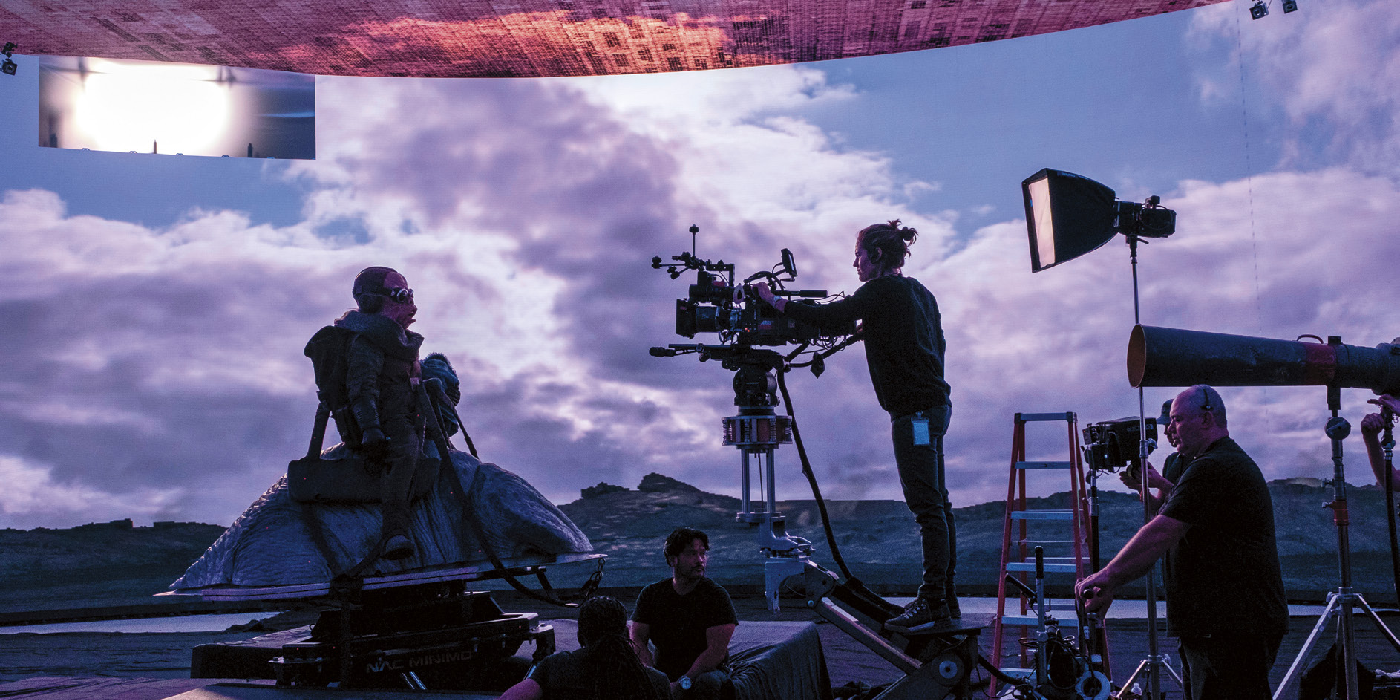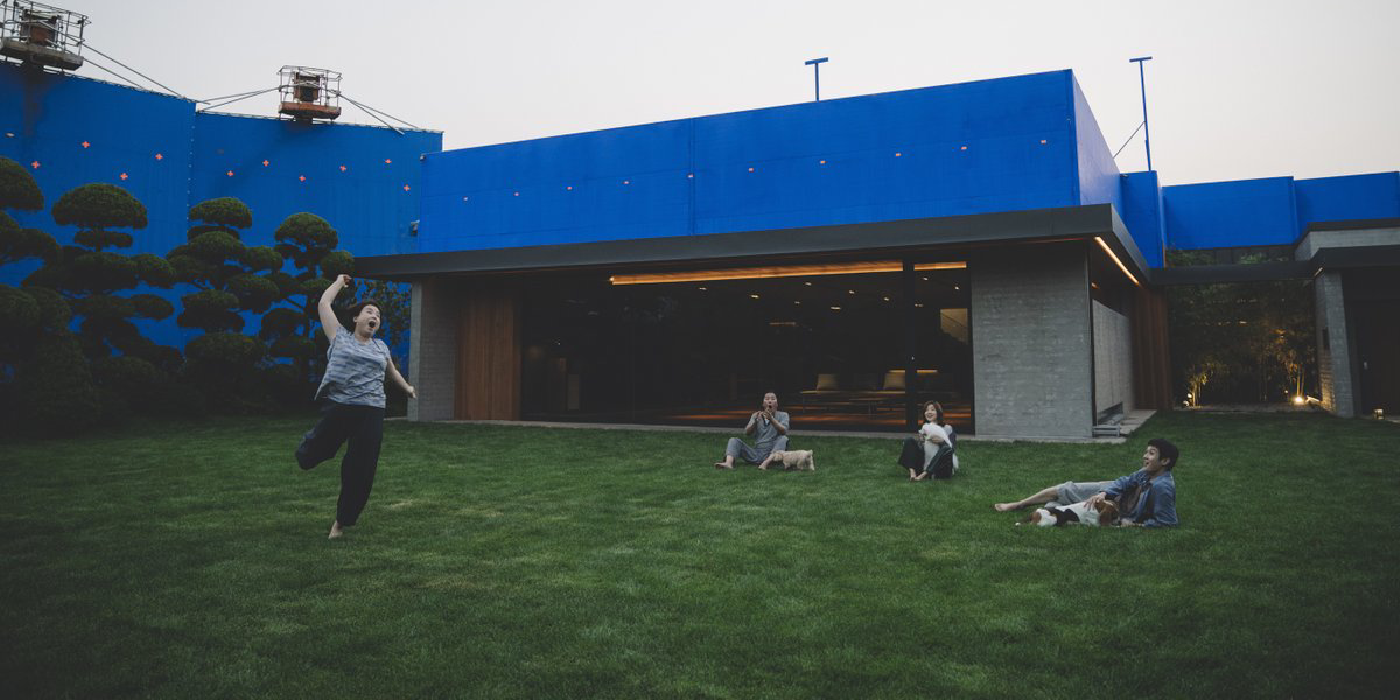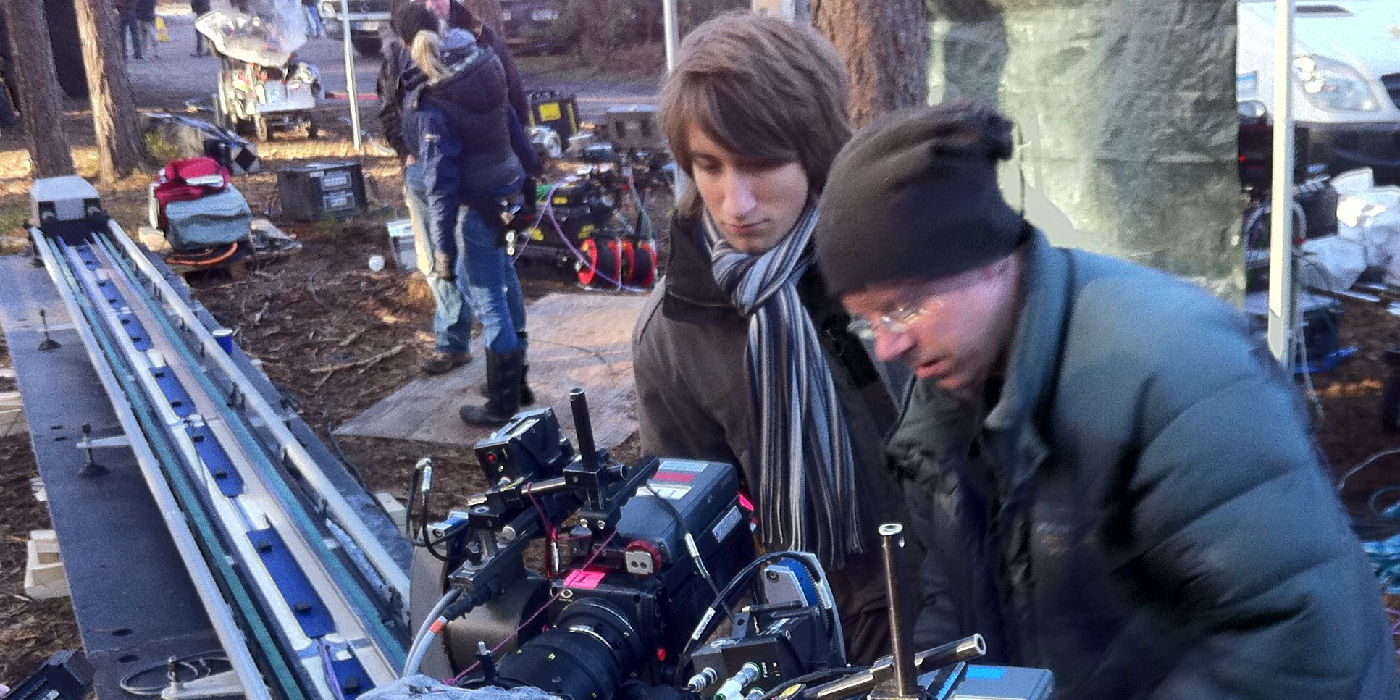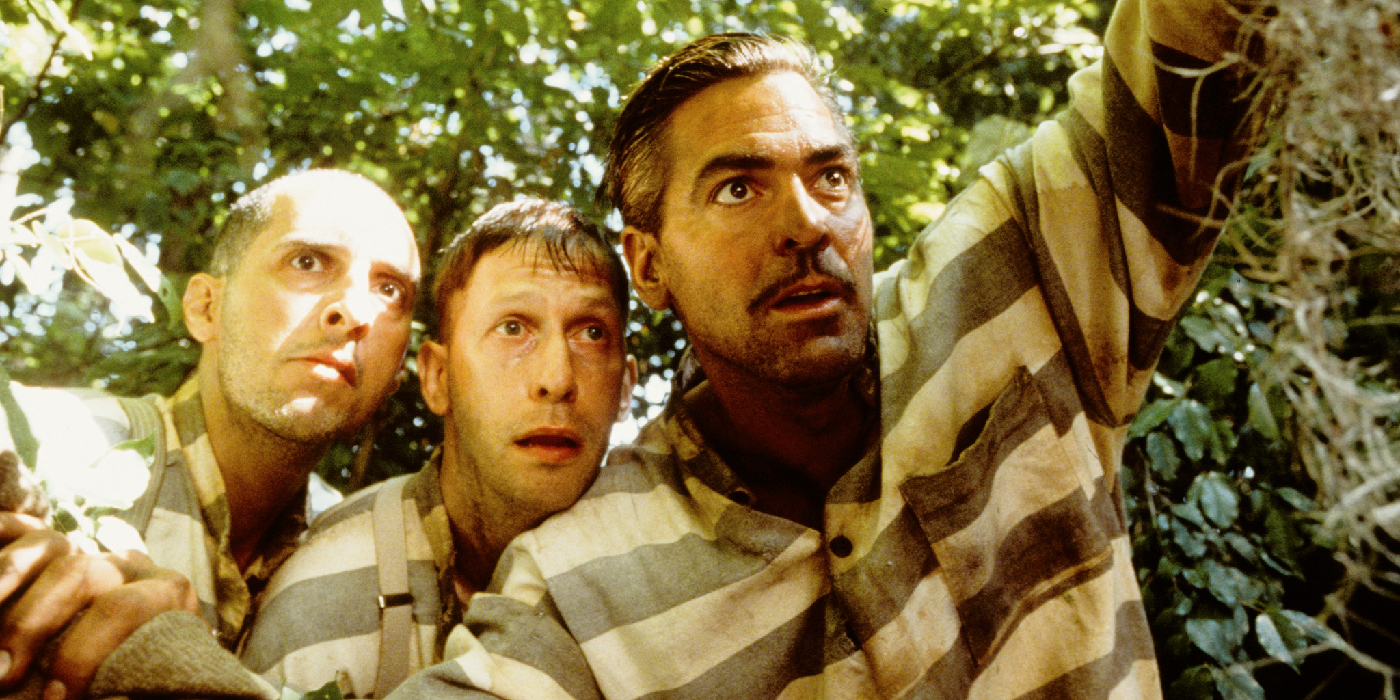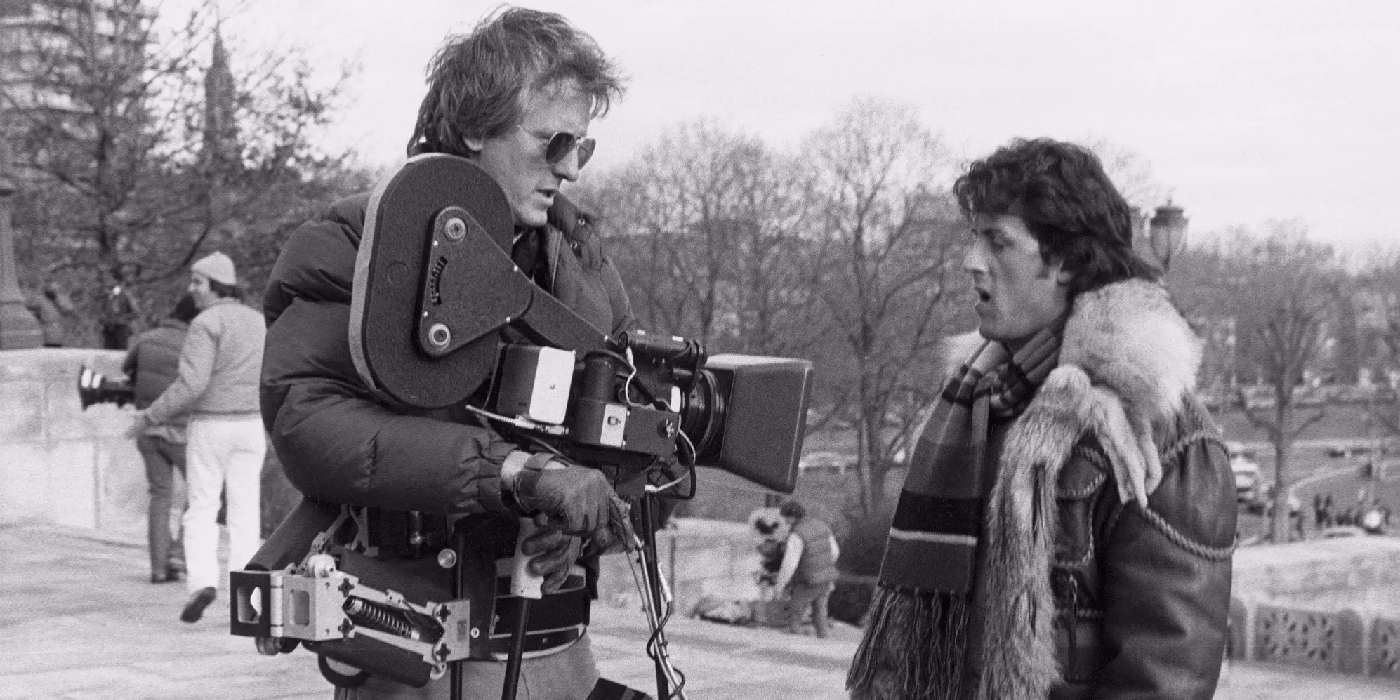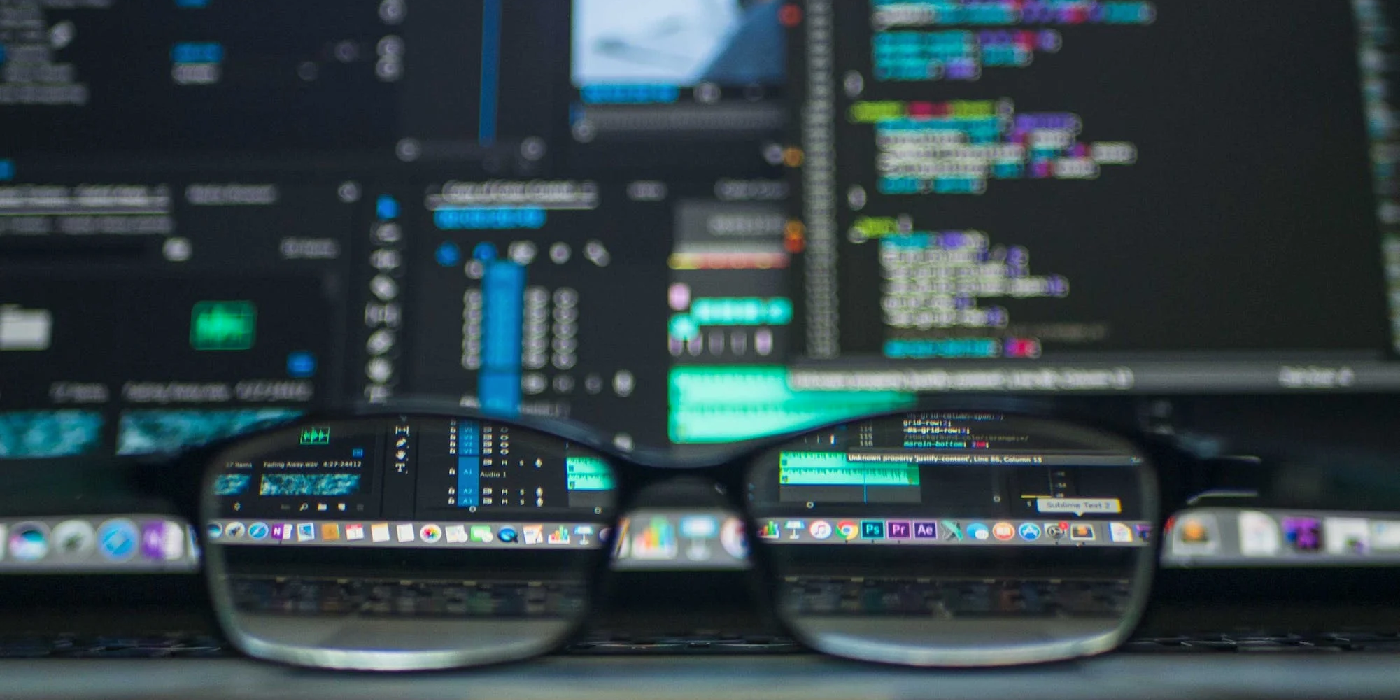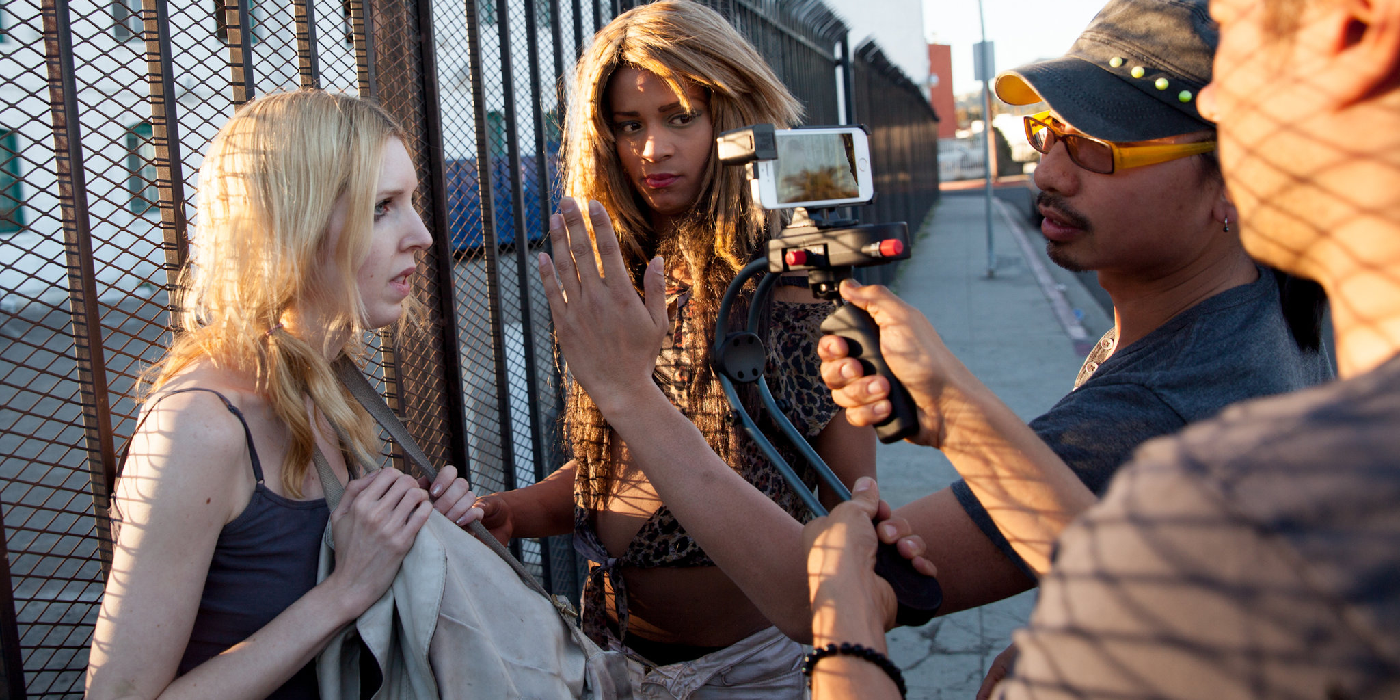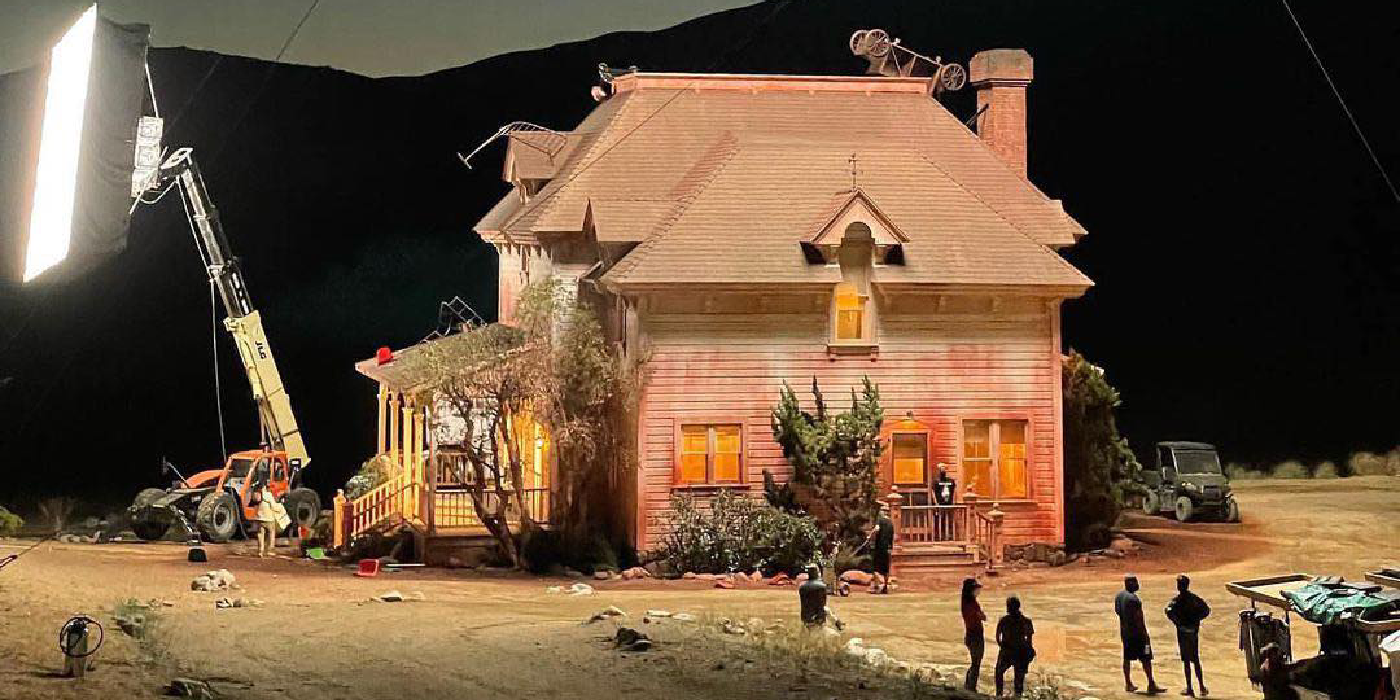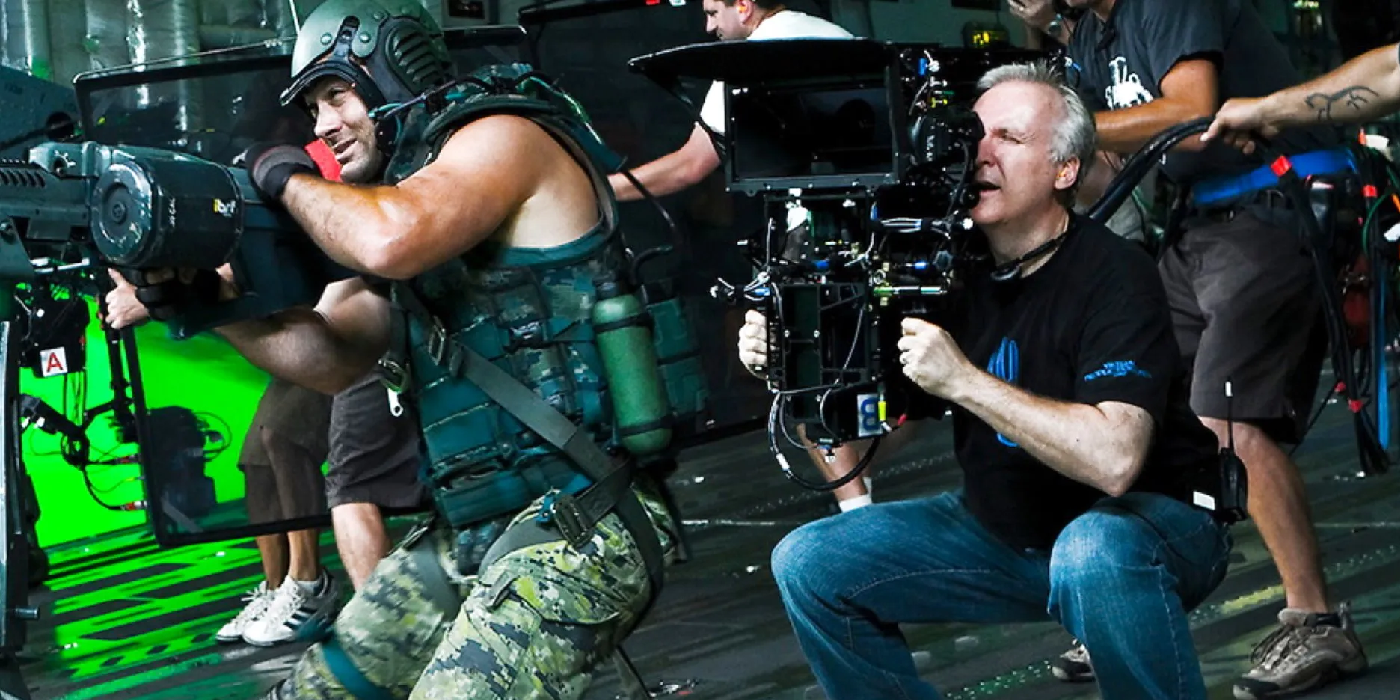10 Fascinating Filmmaking Technologies You Might Not Know About
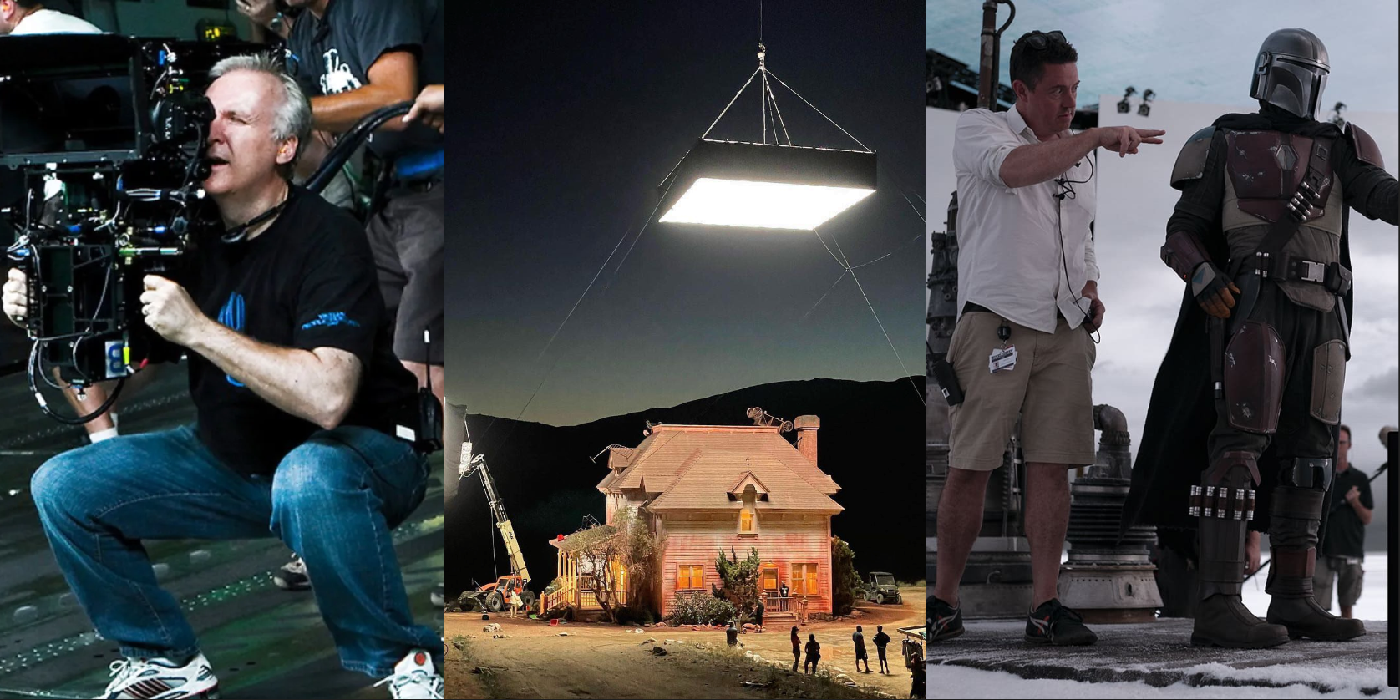
With that strong opening weekend, Avatar: The Way of Water is making waves in the box office scene. As usual, it’s all thanks to the innovative filmmaking of James Cameron and just as importantly, his incredible crew. Many technologies in the film industry are sadly overlooked by mainstream audiences.
These technologies and the people operating them deserve the same amount of respect as the stars do. They help bring to life the final product that people fall in love with. From innovative CGI to complex camera systems, these filmmaking technologies deserve more recognition.
“The Volume” — The Mandalorian
“The Volume” is essentially the Holodeck from Star Trek almost made reality. Instead of the classic blue and green screens, the backgrounds are replaced by gigantic LED screens that curved around the set. These screens project real-time 3D backgrounds that look stunning on camera.
It’s a hyper-futuristic version of that classic filmmaking technique of a projected recording behind actors in cars. Only this time, the backgrounds could be dynamically changed in perspective, or location entirely. It certainly curbs a lot of the issues of actors not feeling immersed on green screen sets.
Background CGI
Of course, “The Volume” is relatively young and therefore still expensive. Regardless, the core concept of CGI backgrounds is nothing new. However, people have this misconception that CGI is an inherently obvious visual trait for movies. After all, they see Dwayne Johnson in The Mummy 2 once, and that must mean CGI is terrible.
However, that’s because good CGI is practically unrecognizable. The movie Parasite is set on a sound stage for the most part. Even something as mundane as the skies above the house and its top floor was replaced by CGI. Even the savviest of film buffs were shocked upon finding out just how integrated CGI has become into filmmaking, often in subtle ways that go unnoticed. It’s not the tools, it’s how one uses them.
The Phantom Camera
Slow motion is a cool visual effect that has evolved much in the past two decades. Gone are the days of choppy slow motion or campy bullet time. Now, slow motion is something that looks downright gorgeous, and the Phantom line of high-speed cameras is a crucial part of these advancements.
The Phantom Camera was used for incredible movies such as Sherlock Holmes: Game of Shadows and Dredd 3D. Fans of the popular YouTube channel The Slow Mo Guys may be familiar with the Phantom Camera, but what some may not know is that Gavin Free was the slow-motion specialist for both the movies mentioned.
Digital Full-Color Grading
Digital full-color grading is technology so subtle that most mainstream audiences don’t even realize they’re watching a color-graded movie. While color grading isn’t a new technique, it was certainly not very advanced. That is until the Coen Brothers decided they wanted the movie to feel “old”.
Ironically, they achieved this by embracing the new. The film was digitally color-graded by Roger Deakins to achieve a sepia look. The effect resulted in a movie that looked distinctly retro, despite being shot in the late 90s. Today, pretty much every major film uses digital color grading, and it’s all thanks to the Coens and Deakins.
Steadicam
This rig is another one of those filmmaking technologies that many people take for granted. For the unfamiliar, Steadicam is the stabilizing rig that’s always attached to the camera in behind-the-scenes footage. They enable camera operators and the camera itself to move independently of each other.
It’s an effect that’s overlooked but is immediately noticeable when it’s not there. Steadicam allows for smooth and dynamic shots without strenuous effort from the operator. Rocky would popularize the use of Steadicam thanks to its training montages across Philadelphia. These iconic scenes wouldn’t have hit the same had the camera been a boring tracking shot or a shaky mess.
Algorithmic Video Editing
Algorithmic video editing might seem like another one of those fads like the AI image generators, but these are different. Unlike the AI image editors that actively steal from artists and don’t require much thought, algorithmic video editing is a complex and practical beast. At its core, it’s video editing that streamlines the most basic parts of the process.
The algorithm follows a roadmap of what a “movie” should be cut like and the program automatically cuts the footage to fit this. It’s not so much a threat to editors as it is another tool in their arsenal. Being able to use algorithmic video editing to save both time and resources is how movies have an easier time beating deadlines nowadays.
3D Printing
This technology has certainly made waves in the movie props industry. While there’s no replacing the “operators” and designers of the props, 3D printing has helped minimize the work needed to create their art. The biggest benefit of 3D printing by far is its adaptability.
For example, if a prop turned out too big or too small for the film, it can be very easily edited in the 3D program and reprinted. That saves a ton of time for artists and allows for far more experimentation. It’s also fantastic for printing out background props en masse. The MCU utilizes 3D-printed props quite a lot.
Smartphones
When one thinks of filmmaking, most will probably imagine cameramen wielding bulky cameras attached to a complex rig. While this is certainly still a common sight in the industry, it’s no longer the only way to shoot movies. The advancement of smartphones has enabled filmmakers to use phone cameras entirely for their projects.
The best example of this in recent years was the LGBTQ+ indie movie Tangerine. The entire film was shot on iPhone 5S albeit with specialized adapters from Moon Dog Labs. The result still managed to make it an indie cult classic, its beauty unbelievably captured by a phone most people would consider out of date nowadays.
Day For Night
When people say “movie magic”, it’s always a shorthand term for describing how movies hide the fact that they’re real movies that used real actors and sets. Sometimes, they even lie to the viewer about the time of day. While the effect heavily relies on the creativity of the crew, Day for Night is one of the most interesting visual effects in cinema.
The most high-profile example recently was Jordan Peele’s Nope. Van Hoytema, the cinematographer, chose to shoot the “night” scenes in total daylight, whether natural or artificial. Although both Peele and Hoytema coyly hid their techniques and technology, the final product’s surreal beauty is undeniable.
The Fusion Camera System
James Cameron and Vince Pace had been developing this technology for well over 10 years before the release of Avatar. It should be noted that Avatar wasn’t even the first film to feature this new camera system. It’s a random U2 concert in 2007 that everybody decided should be filmed with advanced 3D cameras.
Avatar was the actual attempt at telling a legitimate story, and needless to say, the 10 years of development were worth it. The complexities of the Fusion Camera system essentially gave Avatar stereoscopic 3D depth that few other movies were able to imitate. There’s a difference between 3D conversion and specifically being shot for 3D. Avatar was the latter, and thus, it benefited amazingly.
Share this news on your Fb,Twitter and Whatsapp
NY Press News:Latest News Headlines
NY Press News||Health||New York||USA News||Technology||World NewsTimes News Network:Latest News Headlines
Times News Network||Health||New York||USA News||Technology||World News
